Mitsubishi J2M3 Raiden
Allied reporting name: Jack
302nd Kokutai, Imperial Japanese Navy, Atsugi Naval Air Station, 1945
Hasegawa 1/72 .
Development of the J2M Raiden (Thunderbolt) began in the late 1930s. In a departure from previous IJN philosophy of range and manoeuvrability, in its role as a local defence interceptor, the Raiden’s specification emphasised speed, rate of climb and firepower, even allowing for some armour plating. To improve aerodynamics, the engine was mounted relatively far back, with an extended shaft and cowling allowing a thinner nose profile with an engine cooling fan within the cowling.
Difficulties with the engine and the undercarriage, as well as competing priorities
for the Zero fighter meant that the J2M did not enter service until 1943 and even
then in limited numbers. These delays, disappointment with under-
Aircraft of the elite 302nd Air Group at Atsugi Air Base had notable success against allied bombers (300 official kills), whose track toward the main industrial centres of Yokohama and Tokyo passed close to Atsugi. The proximity of the manufacturer's factory also helped with technical and logistic issues.
With a total of 621 J2M3 Raidens built by Mitsubishi from 1942-
Building the Hasegawa Raiden Kit:
I always enjoy these smaller Hasegawa kits. This particular kit dates back to 1977,
making it 45 years old, yet it remains fully up to modern standards in all respects.
It does have a rather bare cockpit, although this particular shortfall is still
a feature of many more recent 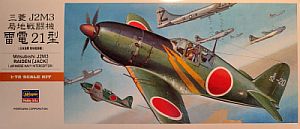 Hasegawa (and other) kits. Lightly engraved detail,
excellent mould engineering and easy assembly mark it out as a highly enjoyable and
quick build with the potential for super detailing if you wish. I did not need any
filler, although the rear underwing fuselage joint wasn't the best I've seen.
Hasegawa (and other) kits. Lightly engraved detail,
excellent mould engineering and easy assembly mark it out as a highly enjoyable and
quick build with the potential for super detailing if you wish. I did not need any
filler, although the rear underwing fuselage joint wasn't the best I've seen.
Features and details such as the wing cannons are pre-
Two decal options are provided, one for the 352nd Kokutai at Omura near the city of Nagasaki, with colourful yellow fuselage lightning flashes as seen on the box. Another less gaudy scheme covers the the high scoring 302nd Air Group at Atsugi air base near Yamato City and it is this option that I have chosen.
Paint is hand-
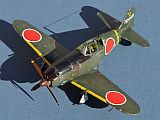
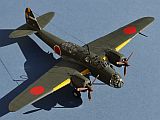
Part 2
With this month’s other model build, a kawasaki Ki48-
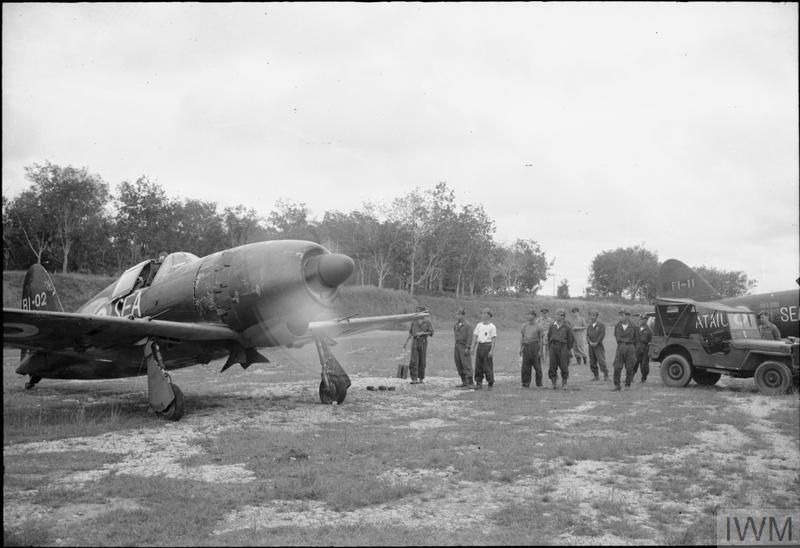
© IWM CF 893 -

© IWM CF 900 -
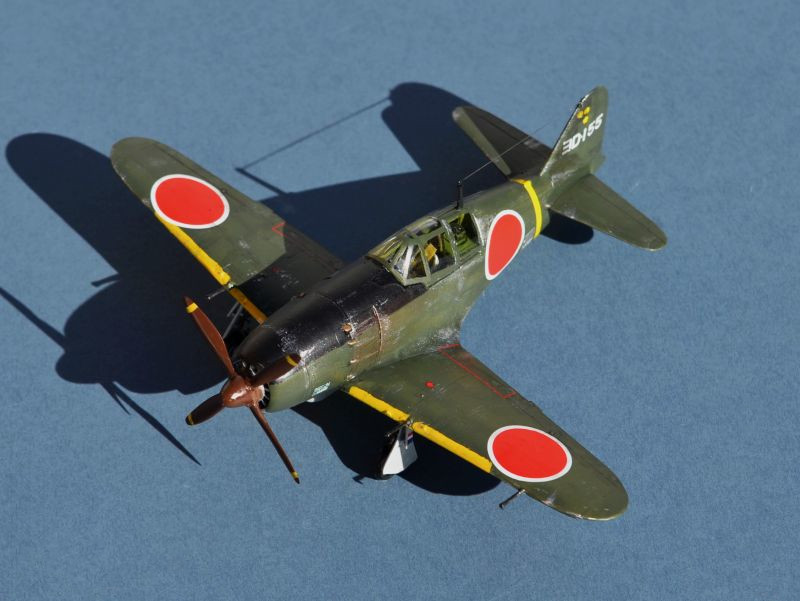
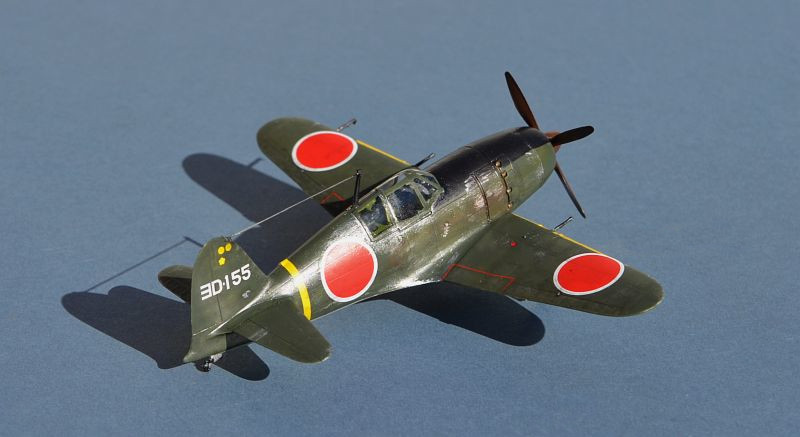
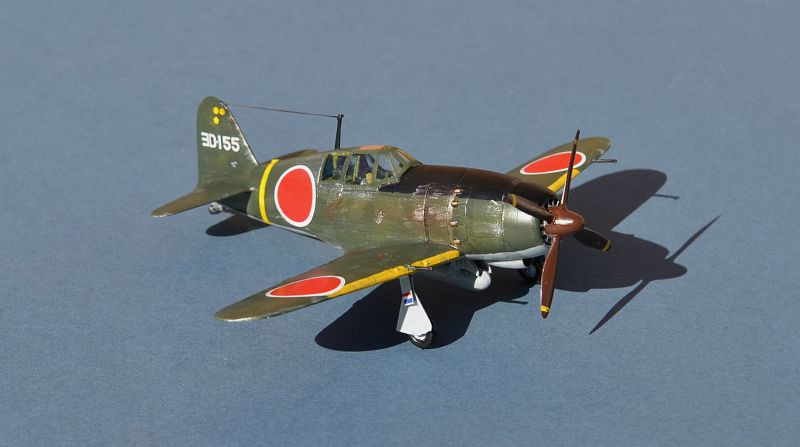
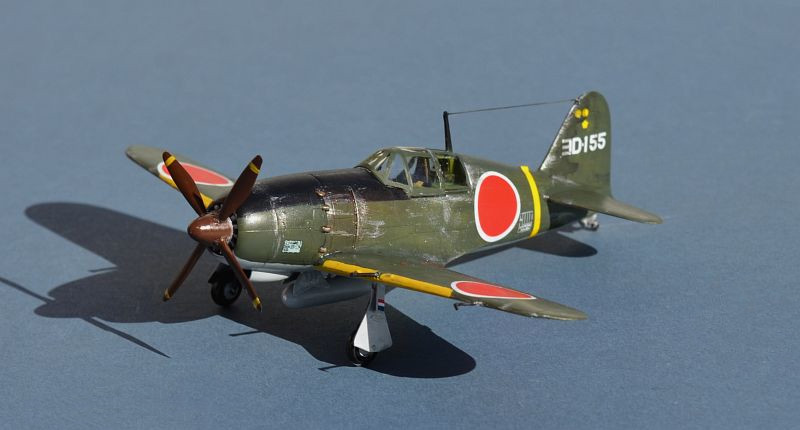
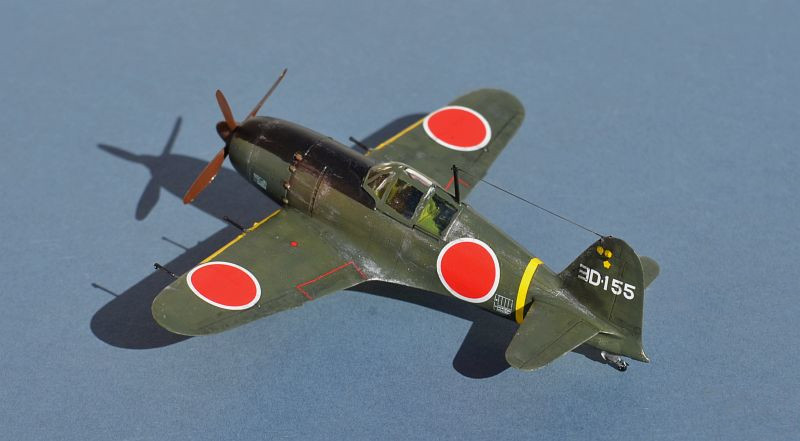

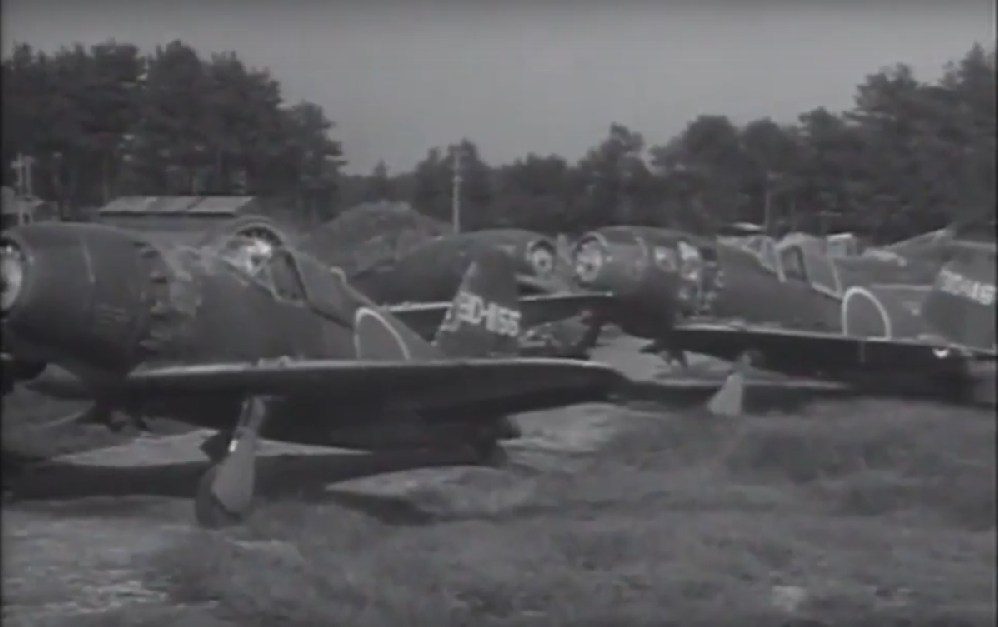
This is the Raiden represented by the Hasegawa kit, at Atsugi Naval Air base in 1945 immediately after the Japanese surrender.
Propellers were removed from aircraft as part of the surrender conditions to indicate
that the aircraft and base was non-
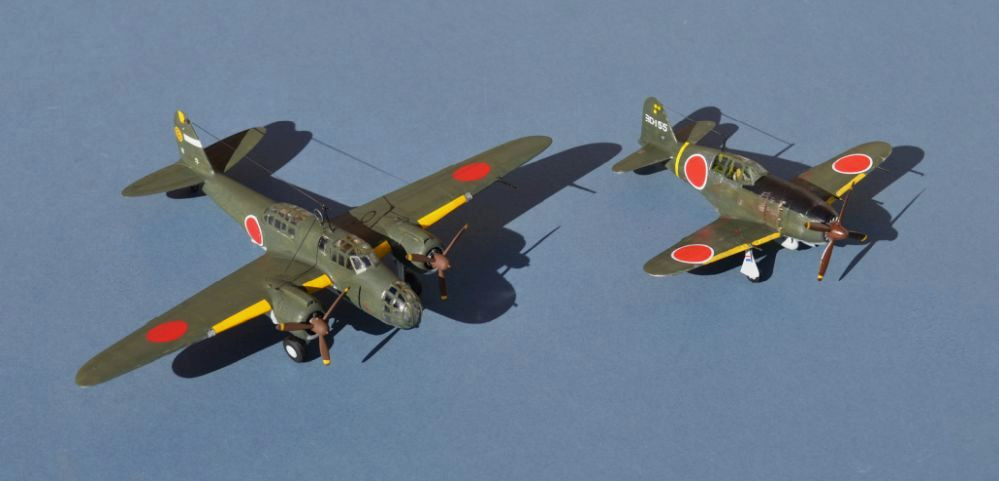
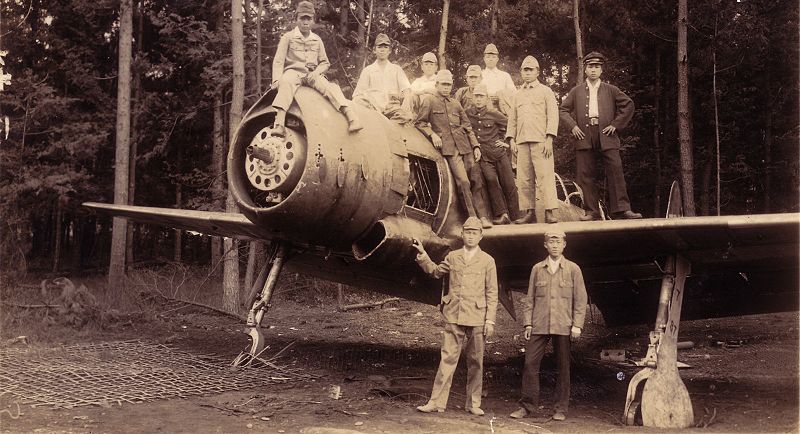
Shonenko Child Labourers, probably Formosan (Taiwanese) working for Mistsubishi.